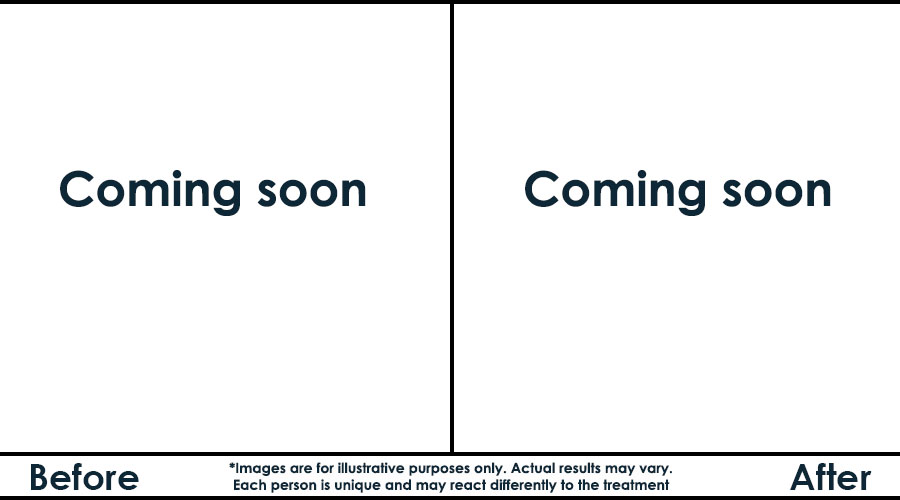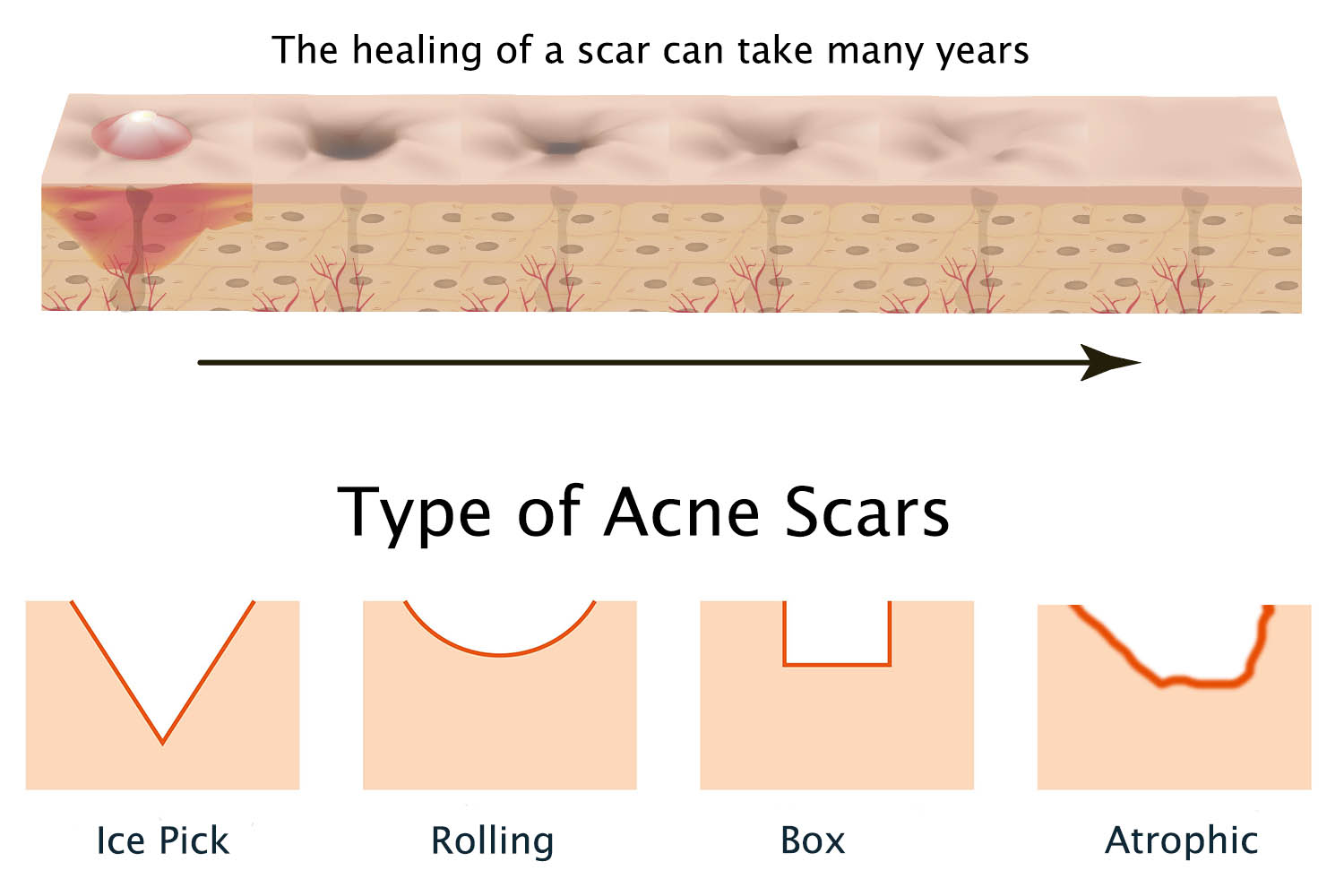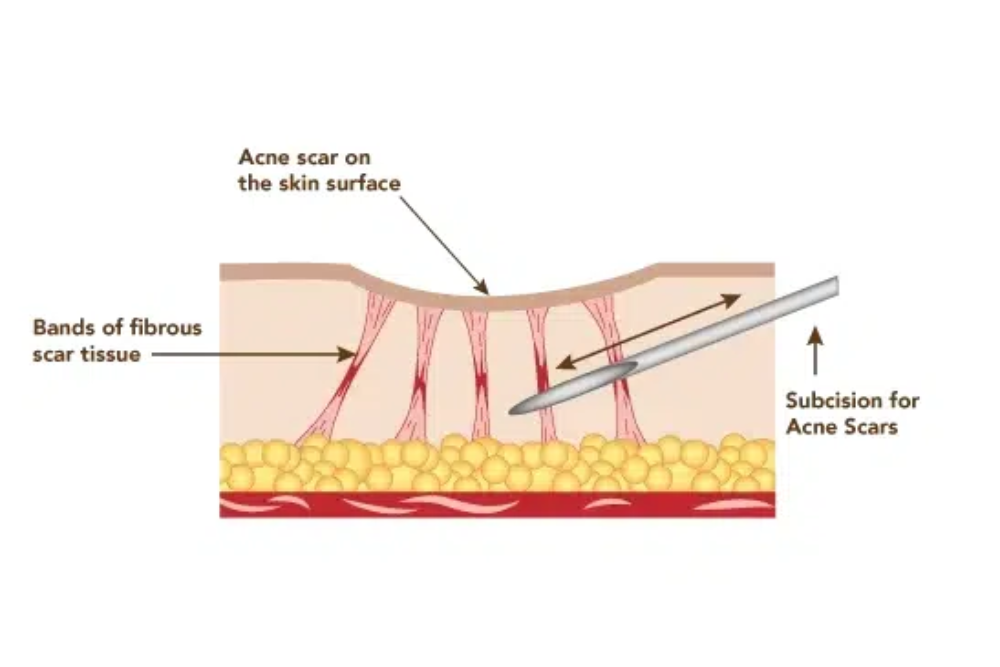Scar Subcision
A Treatment to Detach and Improve the Appearance of Scars
Scar Subcision – Before and After Examples

Our Approach to Treating Scars
1
In-depth consultation with advanced imaging to assess, visualize, and identify the type and depth of acne scars
2
Build a targeted protocol tailored to your skin and acne scar condition
3
Start of Treatment & Follow-Up to ensure progress
What is Subcision ?
Subcision is a specialized dermatological treatment designed to correct atrophic acne scars (sunken scars), particularly rolling and boxcar types. The technique involves mechanically releasing the fibrous bands beneath the skin that tether the surface and create visible depressions.
Performed by a qualified medical professional, subcision helps loosen the scar tissue, stimulate collagen production, and promote the skin’s natural lifting and remodeling, all without the need for surgery.
To understand how subcision works, it’s important to first understand how certain scars form. When acne is deep or inflammatory, it can damage the deeper layers of the skin. In response, the body produces collagen fibers to heal the area. However, these fibers may contract and pull the skin inward, resulting in a sunken scar.
Imagine the skin like a tent: when one of its ropes (representing a tight collagen band) is too short or too tight, it pulls the fabric downward, creating a dip. Subcision involves cutting this rope, allowing the skin to rise and return to a more even surface.
Subcision is particularly effective for:
- Atrophic acne scars (rolling, boxcar)
- Depressed post-surgical or traumatic scars
- As a complement to other treatments like microneedling, laser, TCA peels, or EnerJet
It is less effective for ice pick scars (deep, narrow “pinpoint” scars), which typically require different approaches such as TCA CROSS or fractional lasers.
Types of Acne Scars
- Ice pick scar: Very narrow and deep scar shaped like a “V”.
- Rolling scar: Shallow or deep scar with a wide, round or oval appearance.
- Boxcar scar: Scar with defined edges that create a square or rectangular shape.
- Hypertrophic scar: Raised scar that protrudes outward from the skin surface.
- Atrophic scar: Deep, crater-like scar that appears sunken.
- Post-inflammatory erythema: Smooth scar that appears red due to inflammation.

How Subcision Works

Our Approach to Acne Scar Treatment
Infinium Clinic is one of the only clinics in Canada that specializes in the comprehensive treatment of all types of acne scars. Many of our clients come to us after receiving disappointing results from other clinics — often after being sold laser packages or devices that failed to address the root of the problem. We frequently hear, “I had a CO2 laser, but it didn’t work.”
Why? Because treating acne scars effectively requires more than a single device or technique. Acne scarring is complex — boxcar scars, ice pick scars, rolling scars, and deep tethered scars can all appear on the same face. These require a multi-dimensional approach during the same session to truly repair the skin’s structure.
Acne scar revision is not a superficial skin treatment for glow or texture — it is a reconstructive procedure. The goal is not just to tighten collagen or enhance brightness, but to physically reshape collagen at a structural level so that the new scar is smoother and more natural than the original.
Devices that only stimulate surface collagen (like lasers or radiofrequency used alone) may improve texture, but they do not rebuild or release scar tissue. Microneedling is also widely misunderstood — it creates micro-injuries, but the skin simply closes over the same defect without remodeling the scar. In the case of boxcar scars, where tissue is missing at the surface, the question becomes: how do we rebuild that missing tissue? Or how do we release scars so they stay detached?
This is where our experience makes the difference. For over 10 years, Infinium Clinic has refined its acne scar protocols, treating thousands of cases. We’ve invested in over 40 advanced medical and aesthetic technologies, allowing us to select and combine the most effective methods for each scar profile.
Our acne scar protocols often include a combination of the following treatments:
– Subcision
– Minor surgical procedures
– TCA CROSS (Trichloroacetic Acid Chemical Reconstruction of Skin Scars)
– Laser resurfacing
– Fractional laser treatments
– Microneedling
– RF Microneedling (radiofrequency-assisted microneedling)
– Enerjet (jet volumetric remodeling)
– Injectable fillers
– Exosome-based regenerative therapy
– Energy-based subdermal treatments
– Platelet-rich plasma (PRP) therapy
– …and more
The most common and effective technique used in our clinic is surgical subcision. This method breaks the fibrous bands that tether scars beneath the surface, allowing the skin to lift and regenerate more smoothly. Each step of the treatment is tailored to your unique scar type and skin condition. The results are permanent — delivering long-term correction and renewed confidence.
We don’t rely on standard packages or one-size-fits-all protocols. Acne scar repair requires a customized plan, extensive experience, and the ability to combine technologies effectively. Clinics offering only two or three devices often lack the versatility needed to repair deep or complex scarring — resulting in wasted time, money, and discouragement. In fact, 3 out of 4 clients who consult us have already had unsatisfactory treatments elsewhere.
At Clinique Infinium, we specialize in repairing what others could not. Our mission is to provide real, lasting results using the most advanced, proven techniques — because your skin deserves expert care.



